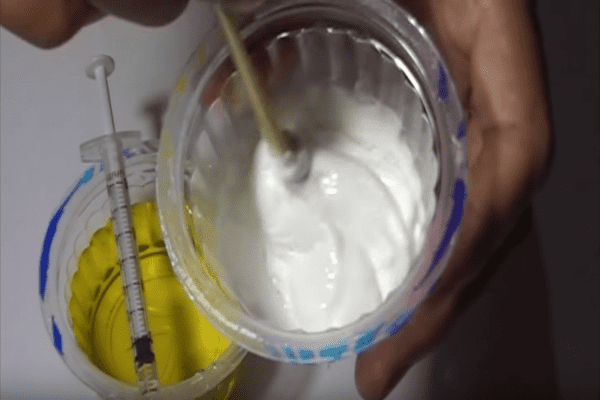
While there are many other factors that can influence irregular or missed periods (such as stress), women who are trying for a baby might be anxious to find out if they're expecting if their period doesn't come this month. For those who aren't ready for a baby, you still might want to know, just to calm your fears.
If you suspect you're pregnant, these simple at-home pregnancy tests will let you know the truth right now.
How do pregnancy tests work?
All pregnancy tests look for a pregnancy hormone called human chorionic gonadotropin. This hormone nourishes the egg once it is attached to the uterine wall and can be found between 11 and 14 days after conception.
Before testing
Results from homemade tests depend on the materials and whether or not it was done correctly. For example, urine tests should be done first thing in the morning to get the most accurate results.
These seven pregnancy tests can be done in your own home without spending money on a store bought test. However, a doctor's visit to confirm your pregnancy will give you the most accurate results.
1. Urine in glass jar
For this test, urinate in a dry and clean glass jar. Cover and refrigerate it overnight or for a few hours until it cools down. If you see white foam or small white particles on the surface, you're pregnant. If the particles are at the bottom of the jar, you're not pregnant.
2. Oil
Put a splash of cooking oil in a jar with your urine. If the oil merges into one big drop, you're pregnant. If the oil divides into small drops, you're not pregnant.
3. Sugar
Put three large tablespoons of sugar in a bowl and pour your urine over it. Dissolved sugar means you're pregnant, and blocks or lumps of sugar means you're not pregnant.
4. Bleach
Carefully place bleach into a container with your urine. If the liquid makes small changes, foams and disappears, you're not pregnant. Your result is positive if the mixture fizzes or creates a foam and stays there for a while. Open your windows while doing this test to allow for air circulation.
5. Vinegar
This is one of the easiest and most common at-home pregnancy tests. Urinate in a jar first thing in the morning and add a tablespoon of vinegar. Let it stand still for 20 minutes. The result is positive if the mixture creates a soapy lather and changes color. It's negative if there's no change in density or color.
6. Dandelion leaves
Pick up a few dandelion leaves from the shade (sun exposure could alter your results). Place the leaves on a plastic sheet and urinate on them. If you prefer, you can urinate in a cup and then pour it onto the leaves. Make sure the leaves are completely submerged. Let it stand for 10 minutes. If the leaves change color and red spots appear, you're pregnant. You're not pregnant if you don't see any changes.
7. Toothpaste
Put some toothpaste on a clean plate and add a few drops of urine. If the paste reacts (such as foaming, bubbling or changing color), you're pregnant. It nothing happens, you're not pregnant.
Pay attention to your body. Many times, pregnancy symptoms are the best test. Visit your doctor if you suspect you're pregnant to get the most accurate results, but if you're dying to know right now, these at-home pregnancy tests can satisfy your curiosity.
This article is adapted and translated from the original, "7 métodos SÚPER efectivos y caseros para saber si estás embarazada YA, sin gastar dinero en un test." It was originally published on familias.com.

